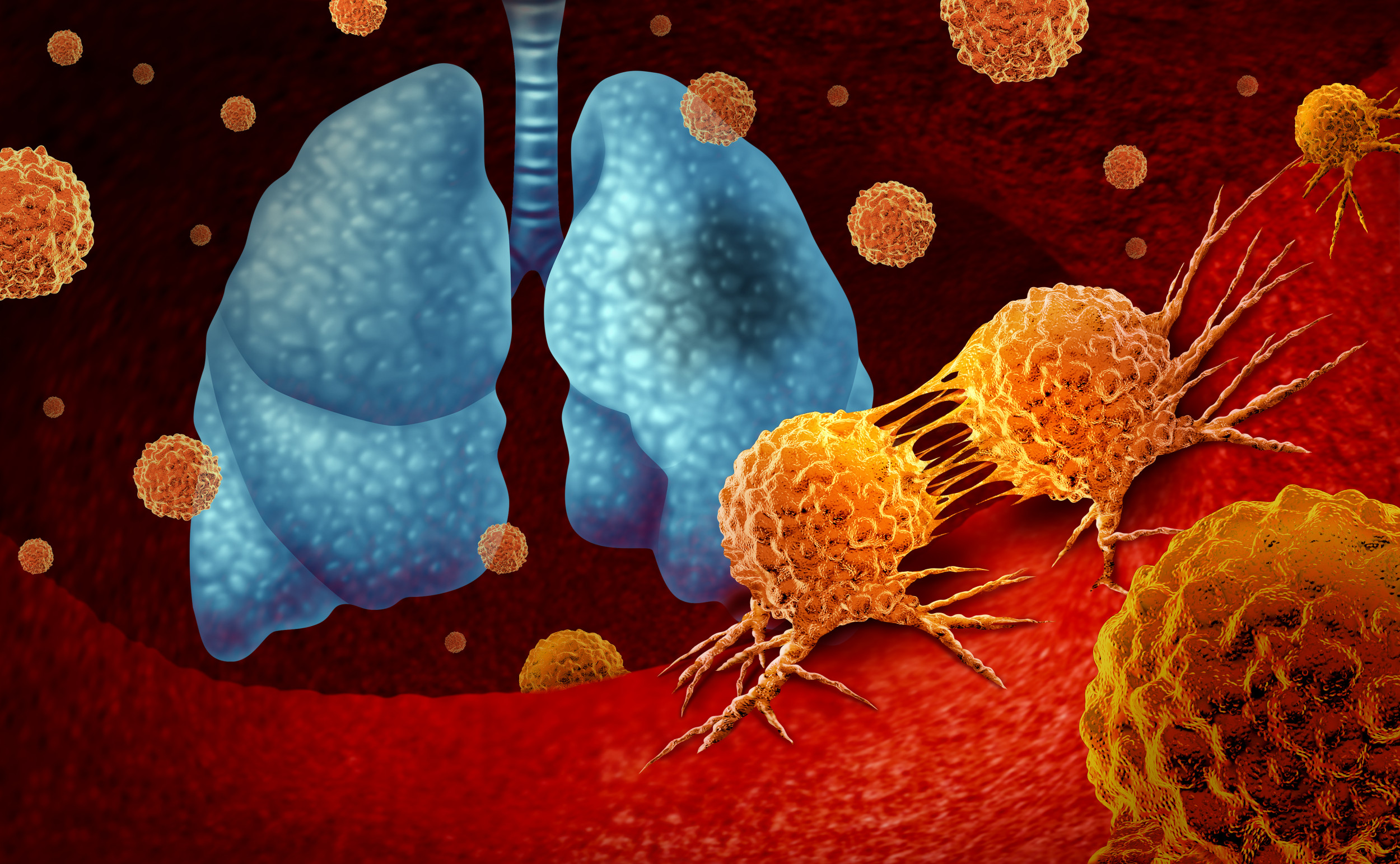
A protein found in our cells could act as an early warning sign for aggressive cancers—and a new target for drugs to stop them spreading.
This is the discovery of scientists from Brunel University of London, who have shown for the first time that a protein that helps a cell prepare to divide can also trigger metastasis.
High levels of ‘SAS-6’ makes cells grow more and longer cilia—tiny antennae that sense their surroundings. These cilia activate a pathway known as YAP/TAZ, which controls genes that help tumors grow and spread to other parts of the body, the researchers explained.
The SAS-6 protein plays a role in building tiny hair-like structures on the cell’s surface, which can then activate signals that make cancer cells more aggressive.

wildpixel/Getty Images
“Our data uncover a novel role for the centriolar protein SAS-6 in ciliogenesis [the building of the cell’s antennae], YAP activation and cancer cell invasion,” said Brunel biomedical scientist Barbara Tanos in a statement.
“The main cause of death in cancer patients is metastatic disease, which happens when cancer cells invade tissues far away from the main tumor [spreading to another part of the body],” Dr Tanos explained.
“We found that cells with increased SAS-6 levels became more invasive and that this invasion was reverted by removing cilia.”
The team investigated what happens when cells produce a version of SAS-6 that does not break down.
They found the cells not only grew longer cilia but moved more and noticeably changed shape, becoming flatter and more flexible—all signs of an invasive cell.
When the scientists blocked the YAP pathway or removed the cilia, however, the cancer invasion “reduced to almost negligible levels”.
They then found the same pattern in a real lung cancer cell line, which has high levels of SAS-6. Removing the protein in this patient-derived cell line stopped the cancer’s ability to spread.
Because several human cancers have unusually high levels of SAS-6, it could potentially be used as a marker for metastatic cancer, the scientists said.
Research suggests these SAS-6-associated cancers include lung adenocarcinoma, colorectal cancer and breast cancer, among others.
Lung adenocarcinoma (a type of non-small cell lung cancer), for example, is the most common type of lung cancer in the U.S., accounting for 45 percent of all lung cancer cases in 2021, according to the Centers for Disease Control and Prevention (CDC).
Understanding how SAS-6 and cilia drive cancer cell invasion could also help design novel therapies based on cilia specific signaling pathways, the researchers explained.
“We think this gives us a new way to understand how cellular signals control cancer spread,” said Tanos. “It could lead to smarter therapies and better ways to predict which cancers will turn aggressive.”
Newsweek has reached out to the researchers for comment.
Do you have a tip on a health story that Newsweek should be covering? Do you have a question about cancer? Let us know via health@newsweek.com.
Reference
Hargreaves, E., Collinson, R., Jenks, A. D., Staszewski, A., Tsalikis, A., Bodoque, R., Arias-Garcia, M., Abdi, Y., Al-Malki, A., Yuan, Y., Natrajan, R., Haider, S., Iskratsch, T., Wang, W.-J., Godinho, S., Palaskas, N. J., Calvo, F., Vivanco, I., Zech, T., & Tanos, B. E. (2025). Dysregulated SASS6 expression promotes increased ciliogenesis and cell invasion phenotypes. Life Science Alliance, 8(10). https://doi.org/10.26508/lsa.202402820




